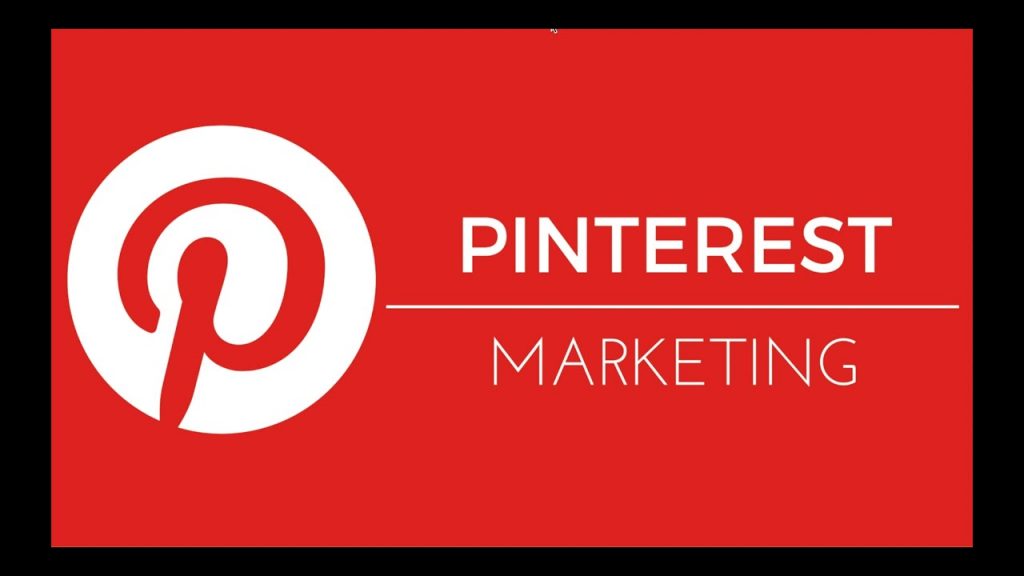4 Ways AI is Raising the Bar on Pinterest Marketing
Pinterest is rapidly becoming one of the most promising digital marketing platforms. In 2018, 77.4 million people in the United States had accounts with Pinterest. The social networking site is rapidly gaining traction in other countries as well, especially in Brazil, India, Russia and a variety of Spanish-speaking countries.
Since Pinterest is still not nearly as saturated as Facebook and a number of other social networking sites, advertisers have the opportunity to capitalize off of a large base of potential customers. However, the most successful advertisers leverage an arsenal of tools at their disposal. They are turning to new advances in big data to squeeze the most value out of their Pinterest marketing campaigns.
Here are some of the biggest benefits of using big data to improve the ROI of your Pinterest marketing strategy.
Identifying the best keywords to use for visibility
Keyword research is obviously a fundamental part of SEO. The same principle can be extended to search engines other than google, including the internal search engine with Pinterest.
It is easy to make poorly informed decisions when optimizing your copy when creating new pins. You probably think that certain searches will be more popular on Pinterest, simply because they have a lot of volume on Google.
Fortunately, Pinterest has a keyword research function on its advertising platform. It is no secret that AI is changing digital marketing and Pinterest is no exception. AI is able to trace user activity and get better insights into their search behavior on Pinterest. Just like with the Google AdWords keyword planner, you can use it to search for keyword volume without having to start an advertising campaign first. You might be surprised by the search volume when you conduct your keyword research.
Many advertisers I spoke with were surprised that the keyword “maroon dresses” has over 5,000 times as much search volume as the keyword “slimming dresses.” They would have assumed that the search volume would have been relatively similar, due to the data from the Google Keyword Planner.
While this data is helpful, there are still some limitations. You can’t use the Pinterest keyword research tool to find search volume for keywords and languages other than English. However, that should change in the near future. As big data becomes more impregnated into the Pinterest business model, advertisers will have better insights into the different types of keywords they should be targeting. This will help them better target potential customers in non-English-speaking regions.
Producing enough high-quality visuals to reach customers
Experienced Pinterest marketers advise their colleagues to produce as much content as possible. They say that Pinterest is a numbers game. You have no idea what pins will go viral. You might publish 1000 pins and only have 10 that drive 90% of your traffic.
Creating Pinterest content takes a long time, unless you have a system. The good news is that there are a number of image development tools such as Stencil that use big data and artificial intelligence to automate the process. This enables marketers to create content in bulk quickly and easily.
Identify regions and niches to target
One of the biggest struggles as a marketer is choosing the best niches to focus on. Identifying the right geographies to market to is also important. Pinterest Analytics has a number of data sets that will help you identify the best marketing opportunities.
Insights into the best performing content
Choosing the right content is also essential. Once marketers can identify the types of pins that generate the most traction, they can invest more resources developing them. Pinterest Analytics uses big data to help advertisers determine their best performing content over the past 30 days. This data is very helpful as they try to find new content to promote their offers.
Article written by: Chris Pentago


